TICK on the track – Berlin Graffiti since the 90s.
He has been a part of it for a long time. For over 20 years he has been one of the most active graffiti writers in Berlin. In this long constant of over two decades, TICK drew his energy from the immeasurable reservoir of his creative potential, coupled with the urge for – action! The restlessness, the boredom of repetition still awakens in him every day the determination to set the boundaries of graffiti anew for himself, without however violating the unwritten laws of the scene.
Since the mid-90s, TICK has been speaking the language of the street.
Streetbombing and Rooftoppieces under various pseudonyms – today still to be found as “Under Kover” – “UK” in Alt-Tempelhof, for example, long dominated TICK’s artistic work.
To this day, especially his scaffolding pieces, such as on the Bundesplatz from 1998, are neither crosted nor painted over. The style still transports every passer-by directly back to the 90’s and is probably why the house owner left it there.
Huge station bombings, such as those that occurred around the 2000s at the Schöneberg S-Bahn station, street pieces under the pseudonym DAK under the S-Bahn bridge at Tempelhofer Damm or Schöneberg City Hall, still significantly shape the Berlin cityscape today.
Single-handedly
The artistic scope of TICK is first and foremost shown in the endurance with which he has been convincing for decades through his size, quality and longevity. He still belongs to the second or even third generation of oldschoolers who, in contrast to many graffiti careers in Berlin, feel most comfortable as single-handedly.
From 1997 TICK was “penetratingly” active in trainwriting. Under the most different pseudonyms and tag names he painted whole trains on his own, which has earned him a legend status in the Berlin graffiti scene until now. The oversized bombings and panels on suburban trains and underground trains in the capital testify to his passionate persistence – this one particular spot, this underground line for a preferably long one! period of time. The long preparatory work that goes into each of these actions – the night-long checking out of the location, the BVG security precautions as well as the “turf behaviour” of other crews form the basis for his artistic work in the scene.
“SUCKMYDICKMYNAMEISTICK” is one of the most famous double End2End, which was created in 2003 on the Berlin S-Bahn ring. Until recently, the double E2E, which seems to have been painted on a regional train, was also available as a sticker in the graffitiboxshop. But locals, writers or even S-Bahn enthusiasts recognize immediately that the supposed regional train is rather the former GDR S-Ring in the colors grey and red, class 485 – a piece of contemporary history! It was not until 2002 – 12 years after the fall of the wall that they were repainted to Bordeaux red and ochre yellow to unify the entire Berlin S-Bahn traffic – as we know it today.
New interpretations and other materials
TICK’s style hasn’t lost its recognition value and even though, as he says, he had to work hard on many things, his pieces stand out through unusual colour combinations and material experiments. Terms like stylewriting have not lost their relevance for him in times of Antistyle, but he has been trying to reinterpret them stylistically since the beginning of the 2000s.
By using new materials, which also means unusual presentation locations and their self-staged curation, TICK creates new challenges for himself every day and thus moves far away from commercialisation. On the one hand it is almost a pity that the attention for him as a writer is not internationally recognized according to his experience and endurance, on the other hand he belongs to the Berlin veterans for this very reason and is still one of the first contacts for young, inexperienced trainwriters.
Since 2003, TICK has also been working with canvases, sculptures and installations, which he mainly places illegally in public space. Since 2008 he has expanded his oeuvre with plastic lettering, which creates letters from wooden beams, soapstone, brick or styrofoam. In 2017 TICK developed his own technique for concrete letter production, which is primarily adapted to local public transport conditions. S-Bahn lines that had no walls and therefore logically had few paintable surfaces were the reason for comparable installations.
In the beginning, it was pure concrete letters in various classic graffiti styles, which TICK has covered with glass letters over the course of time. The installation of the figures, which were positioned horizontally, carried a lot of weight and can only retain their longevity by being set in concrete, which implementation was also complex.
“Beware of stuffy neighbor”
The installations on the S-Bahn station Julius-Leber-Brücke kept TICK busy for a long time. The artist provided its concrete letters integrated between the tracks with plants that also had to be regularly watered.
The following weeks and an almost daily observation of the station unfortunately showed quite quickly that the flowers in the concreted flower pots would not withstand the wind for long. But TICK did not give up so quickly and adapted its green oasis in the station to the conditions.
Plants and flower shapes arranged out of painter’s remains, brushes, paint buckets, leftover cans and garbage reflect the charm and love that TICK puts into each of his installations. Embedded in the T of the TIK is also a miniature landscape in the form of a suburban suburban garden – signed with the artist’s Facebook address and a handmade sign “Beware cuddly dog” / “Beware bourgeois neighbour”.
Thematic focuses, gimmicks and gimmicks, such as the combination of different materials, light or the location of the installations underline the letters in their changeable existence, but at the same time reflect the different personal interests of the artist.
Enjoyment of experimentation
For example, it is not simply 200 LEDs wrapped around several concrete letters that illuminated the entire installation. Rather, they are LEDs that, fed by a specially installed photocell, only start to glow in the dark – long before you could buy comparable fairy lights in the supermarket for little money. This passion for technical gadgets already earned him an invitation to the trade fair of the CCC – Chaos Computer Club, where he could present his progress in the combination of graffiti and technology.
His joy of experimentation is particularly evident in the use of the materials. The constant lack of money, combined with the inexhaustible enthusiasm for the implementation of his own ideas, has always forced TICK to be constantly ready to live out his creativity in new ways.
Sewage pipes, which he has installed in a TIK lettering above a TICK Piece, as well as surrounded by two S-Bahn wagons welded together on the wall at the S1 station Feuerbachstraße, is one of these examples. Also the balloons on the U station Tempelhof can be added to these experiments.
TICK increasingly integrates whole miniature subway cars into the design of his installations, which for example can still be viewed at Schöneberg station. In an earlier installation, the artist showed idyllic landscapes including houses, chimney smoke and clouds, which could unfold their world in Glass TICK letters.
Especially the last installations of TICK clearly show an artistic development that questions the genre of graffiti – its feasibility and meaning. The mirror installation at Ullsteinstraße station on the U6 underground line also deals with the current political issue of nature conservation, which is to be made accessible to everyone by means of a highly stylized motif.
The crown of a tree composed of mirror shards – in which the viewer is reflected – is sawn off by a back figure only hinted at with a spray can. Any one of us could be this shadowy figure, who wants to see himself as a mirror image and at the same time as a part of the world in the World Tree. “We saw the world off!” This is what the viewer should see – what he doesn’t know is the origin of the shards and the materials used. Almost pedantically, TICK collected shards of mirrors from various BVG houses and BVG toilets over the years, which he only put together on this wall years later.
Its latest installation at the Klosterstraße underground station is particularly innovative. It shows an open mouth cast in concrete from which a subway seems to drive out. It is one of the first installations in public space to feature an integrated display, as well as a video installation integrated behind the windscreen of the outstanding subway. Not only is it illegally installed, it also shows a specially recorded action and installation in Berlin stations.
“The intention in my work lies, among other things, in constant development, reinvention, action and provocation. The constant production on Pieces, Panels, but above all the lengthy preparation time for the installations remain my most important motivation”.
The special thing about TICK is his curiosity to create something new – something that did not exist yet, that has not been painted before or at this particular place. Again and again he distances himself from commercialisation ideals and always remains true to himself. He does not want to belong to the so-called “Hollywood painters” – as TICK calls artists who perfect their technique but sometimes also lose their openness to the genre of graffiti. Graffiti is and remains for TICK an attitude to life – which he knows how to live like no one else.
facebook.com/030Tick instagram.com/tick.one
1,809 views
Categories
Tags:
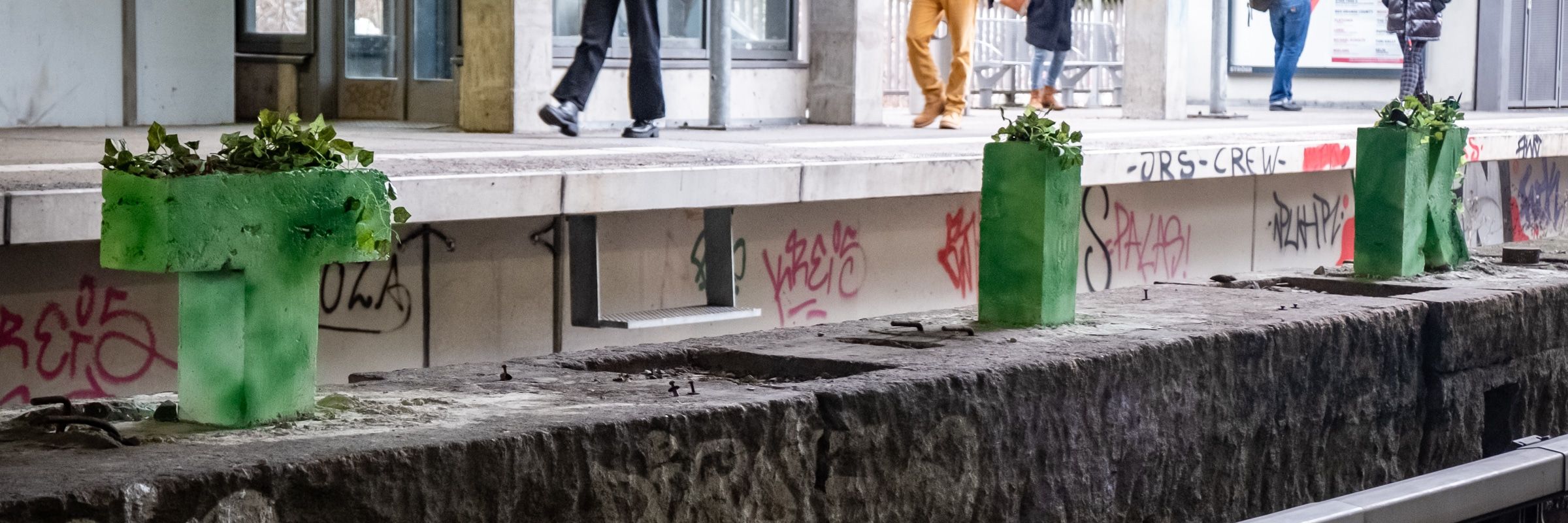

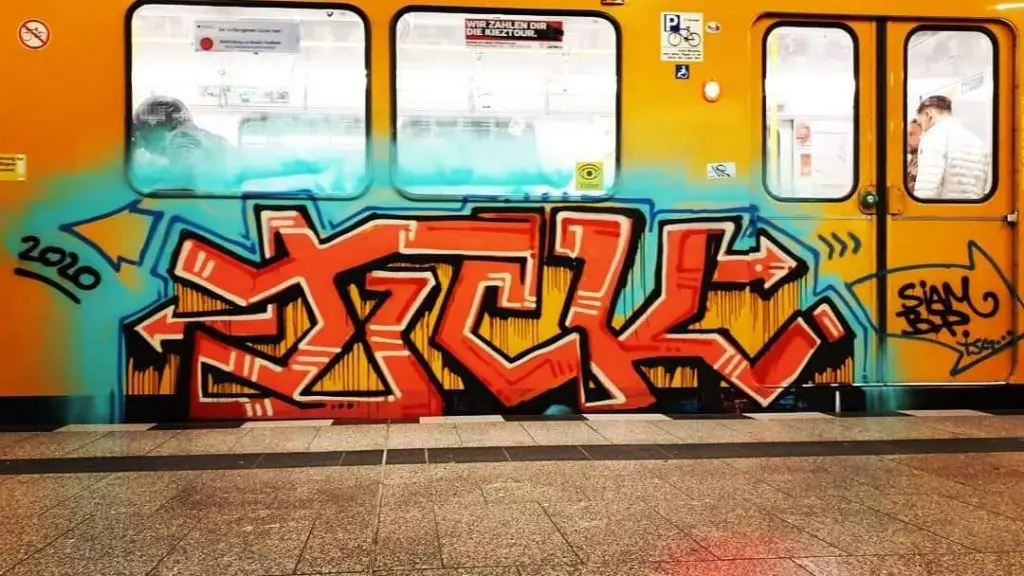
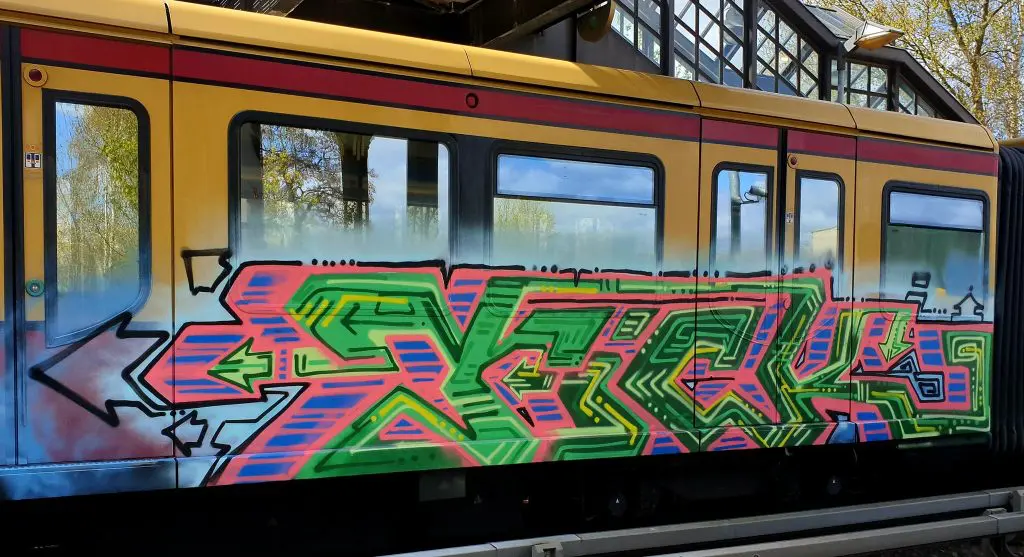
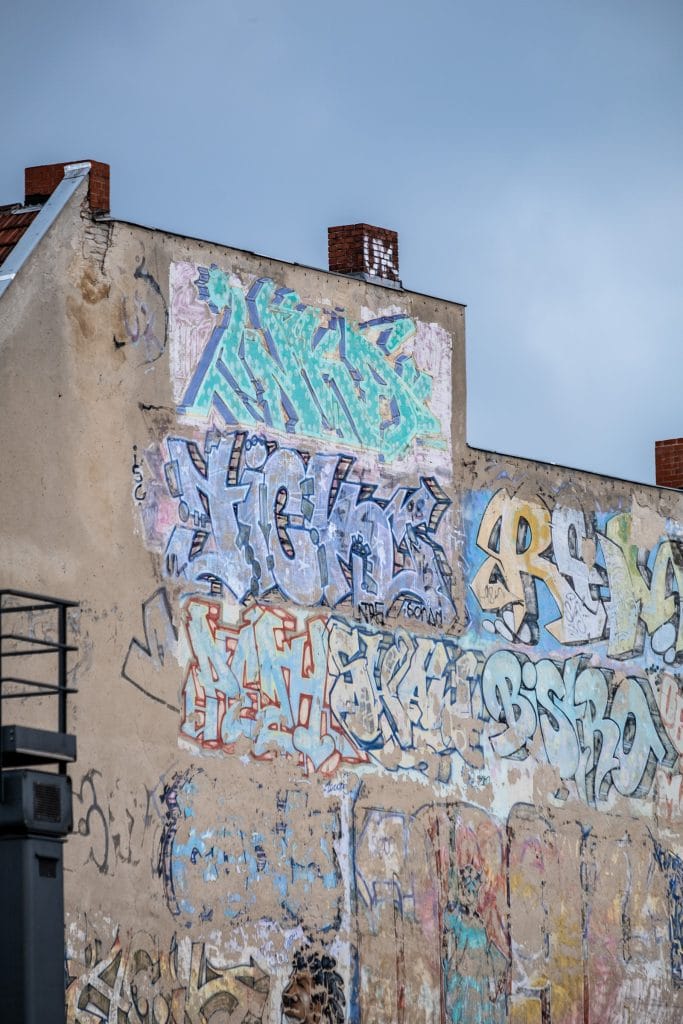
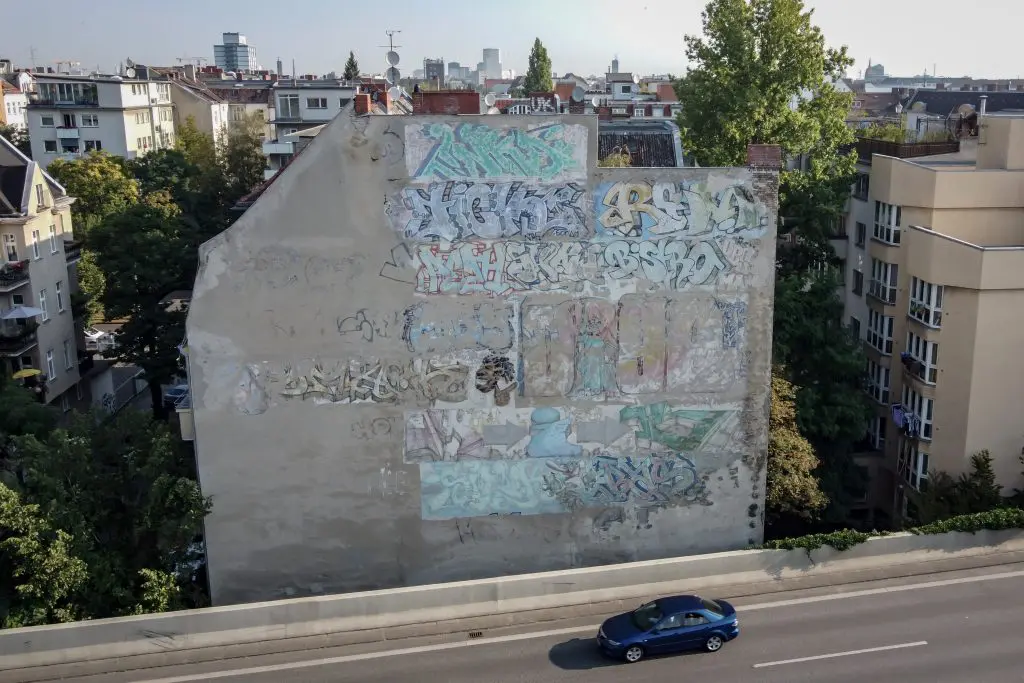
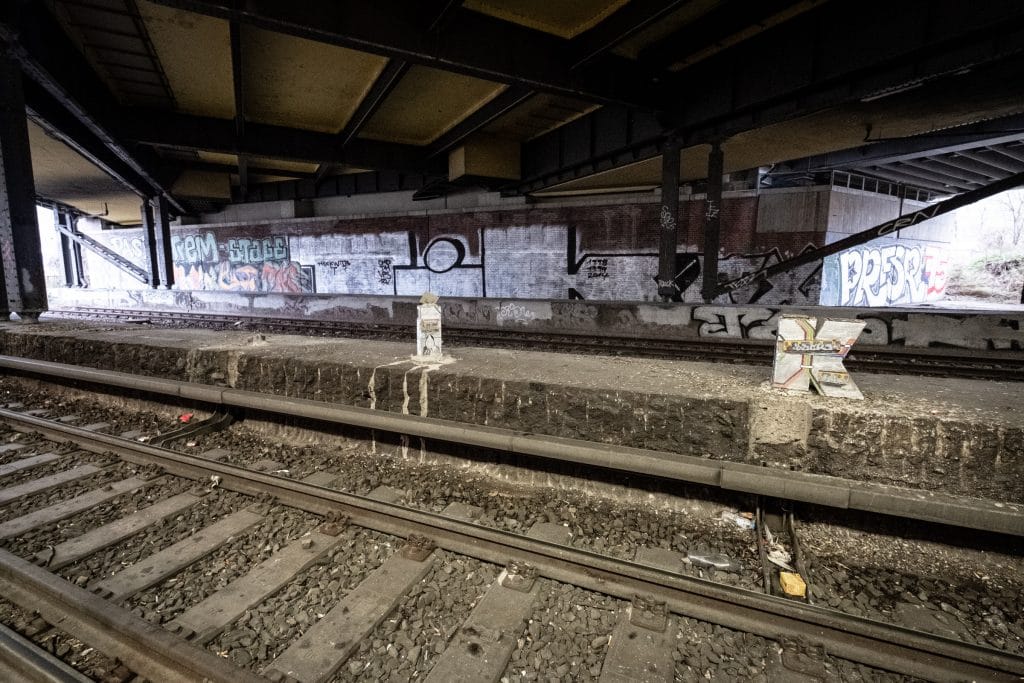

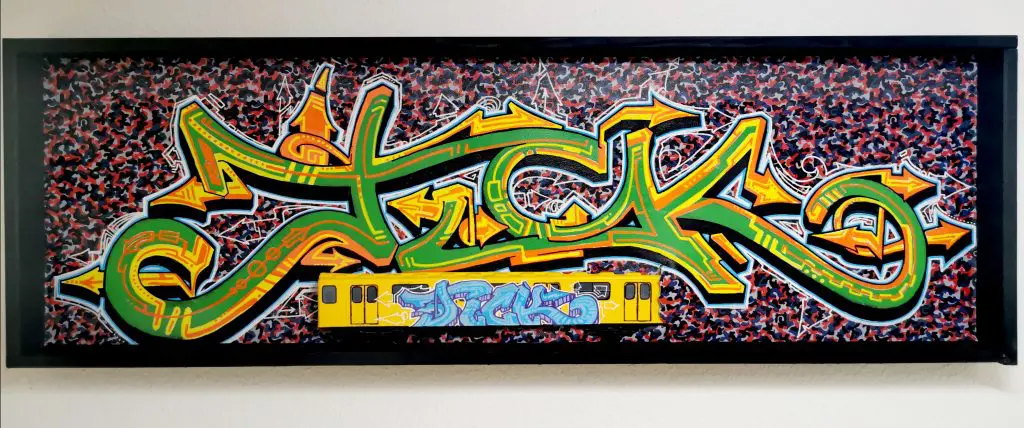
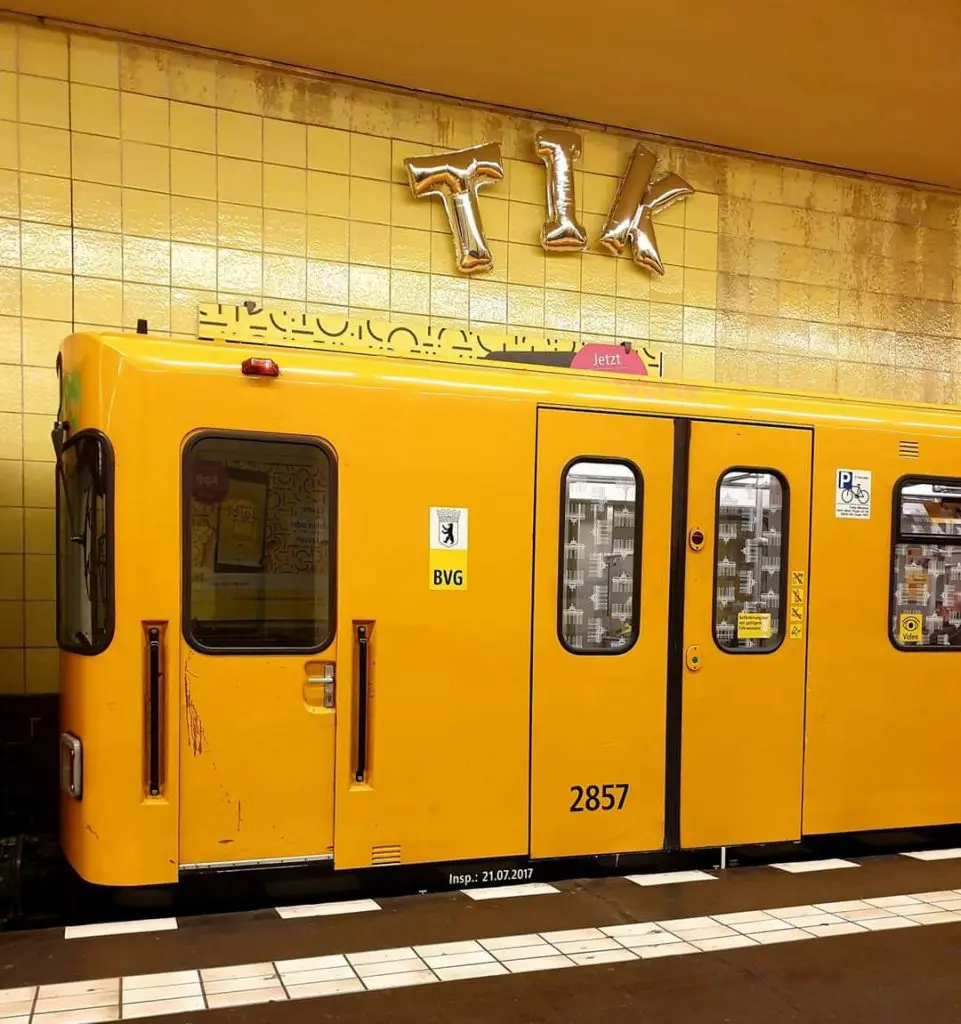
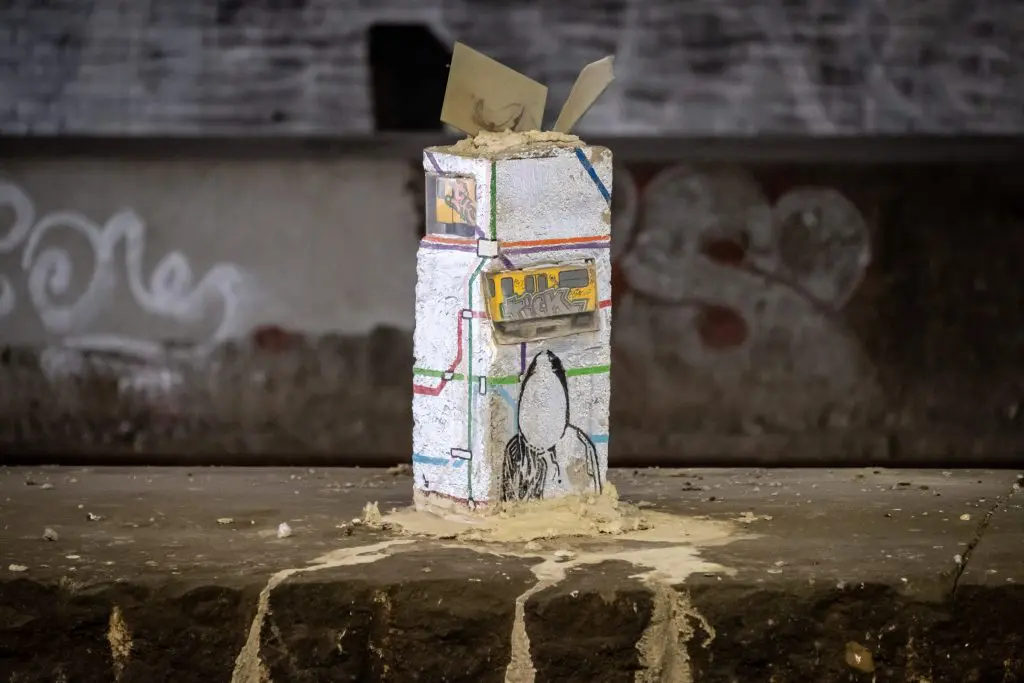
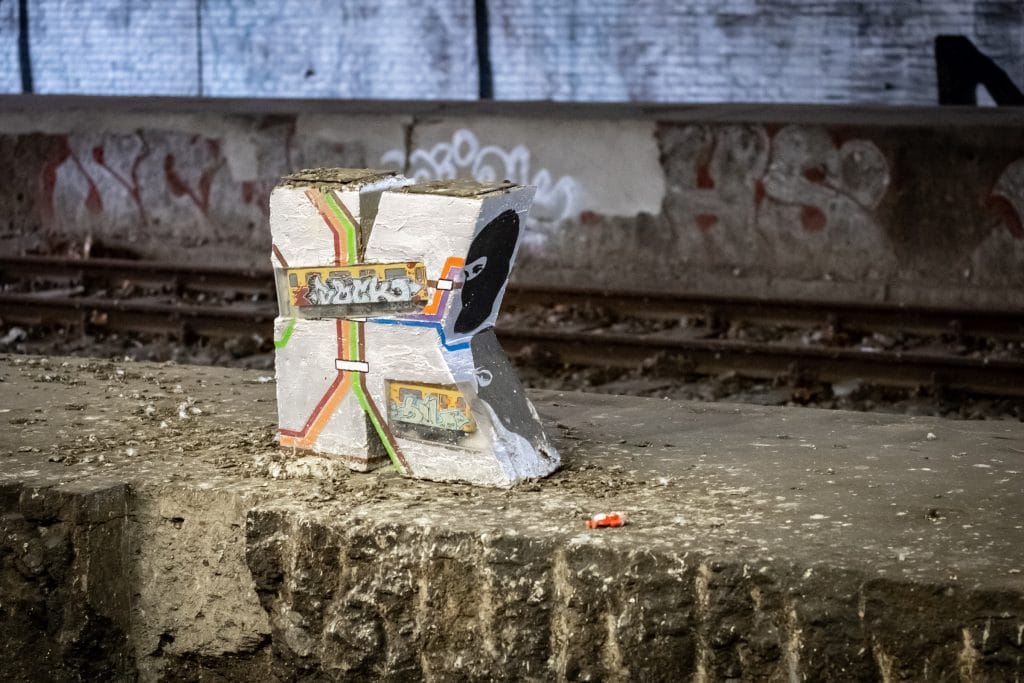
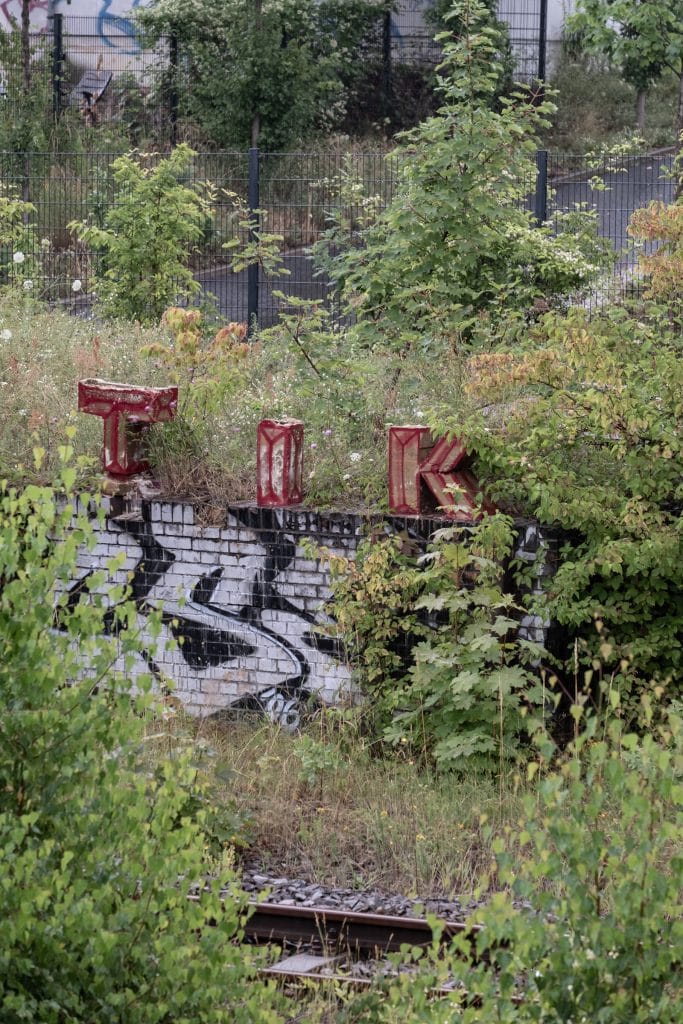
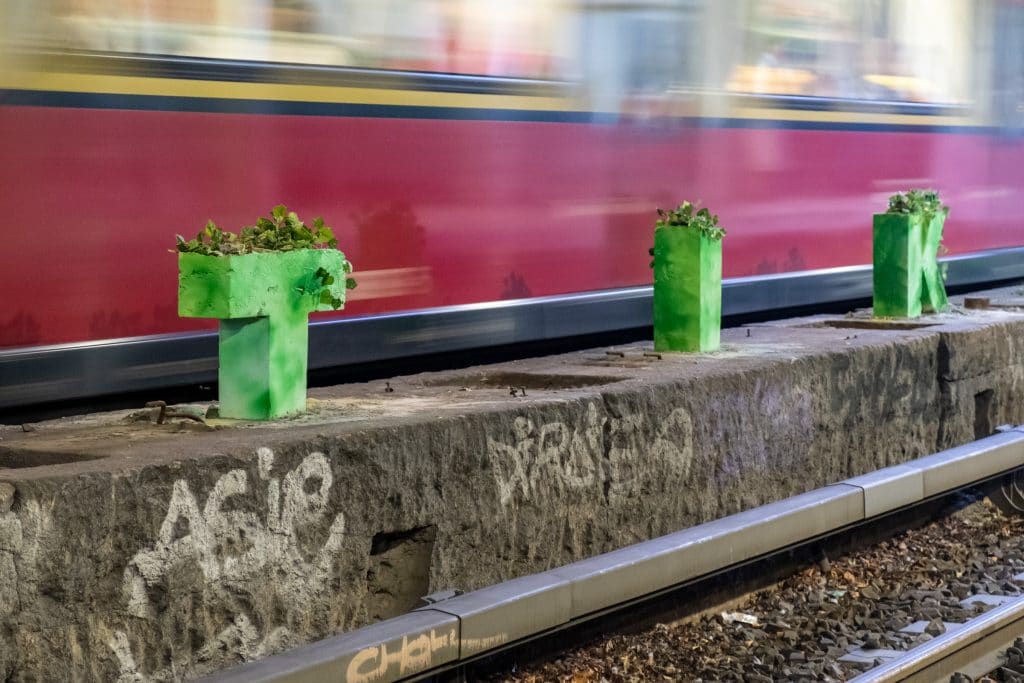
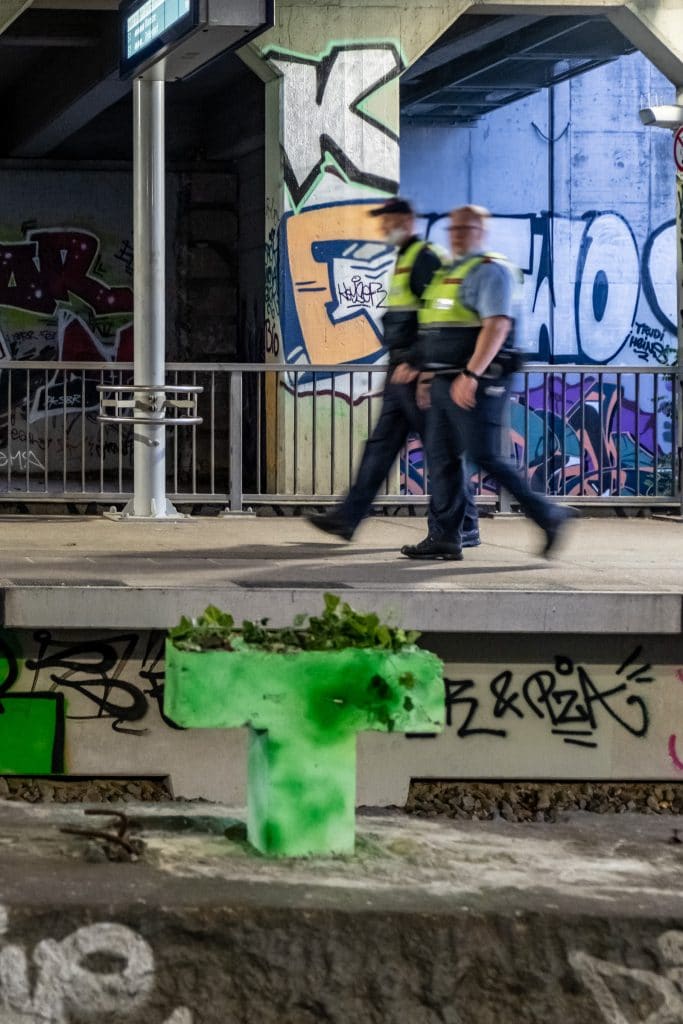
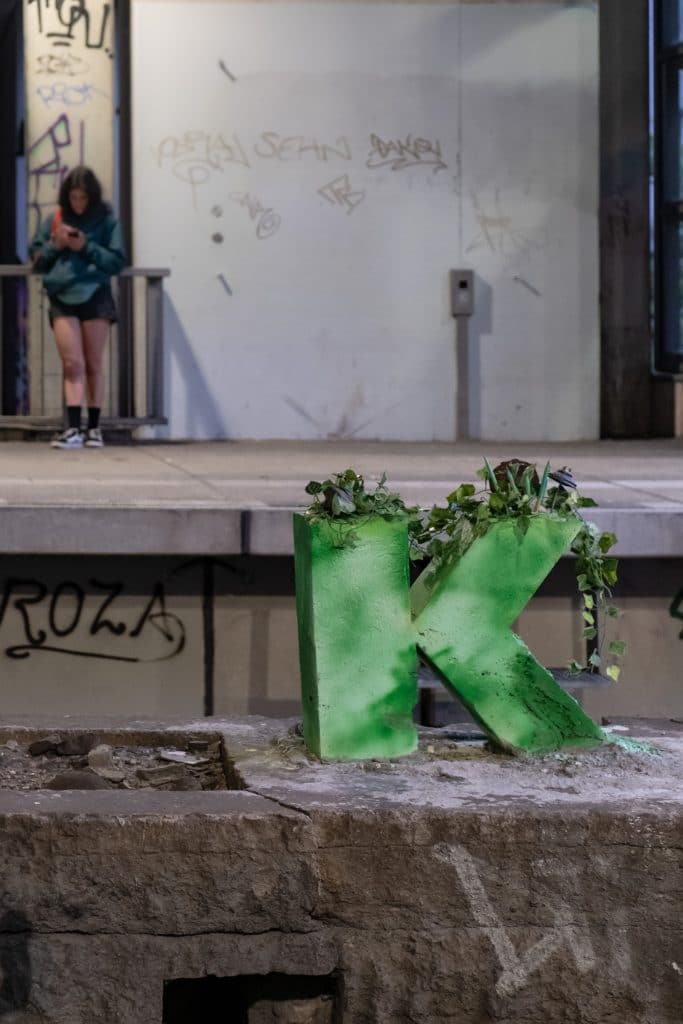
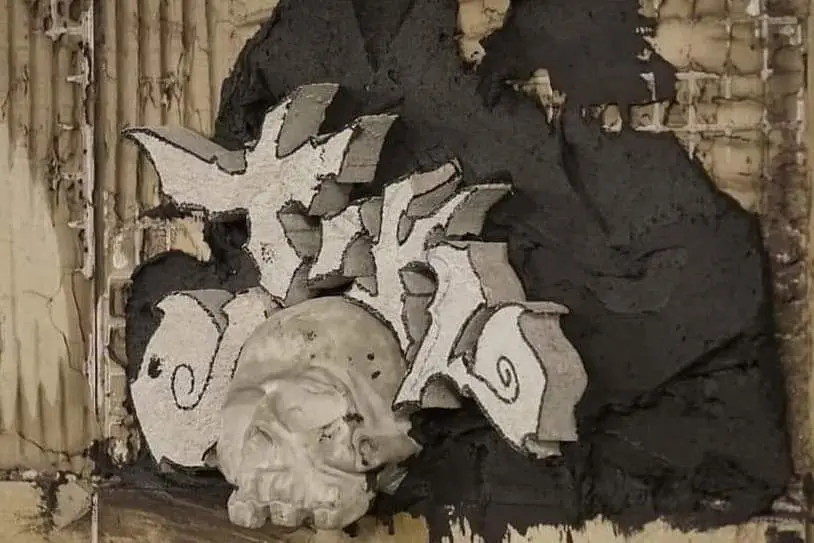
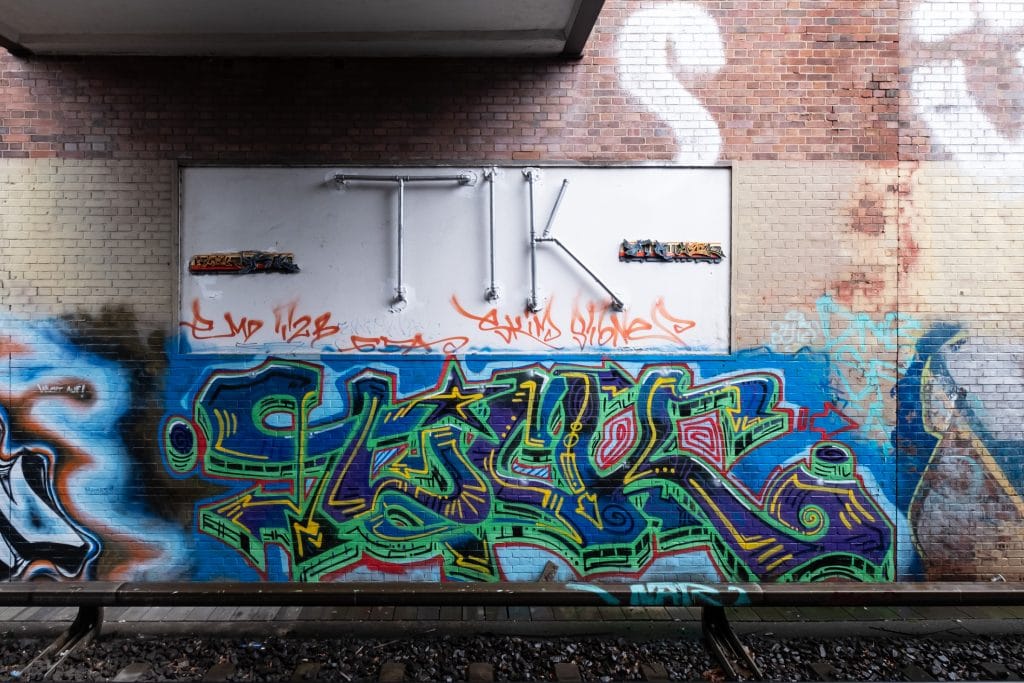
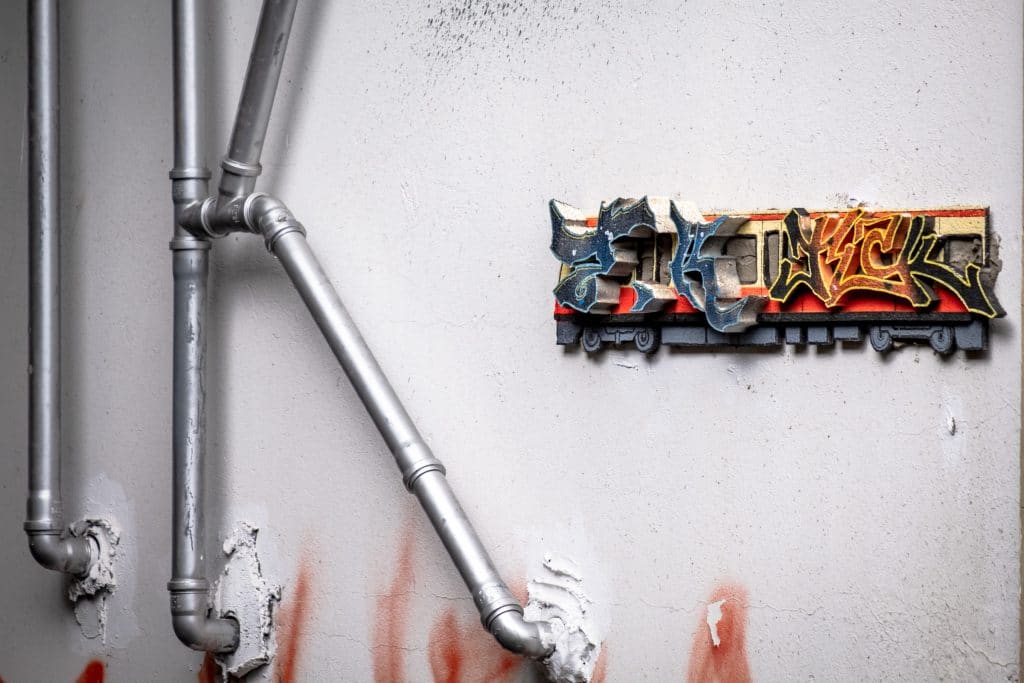
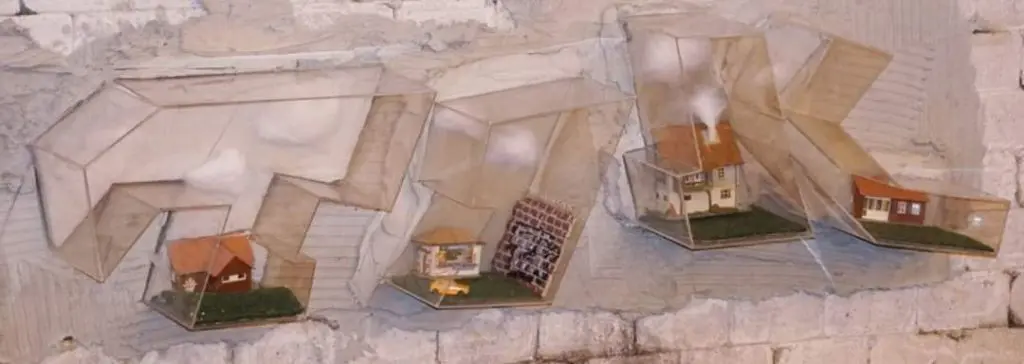
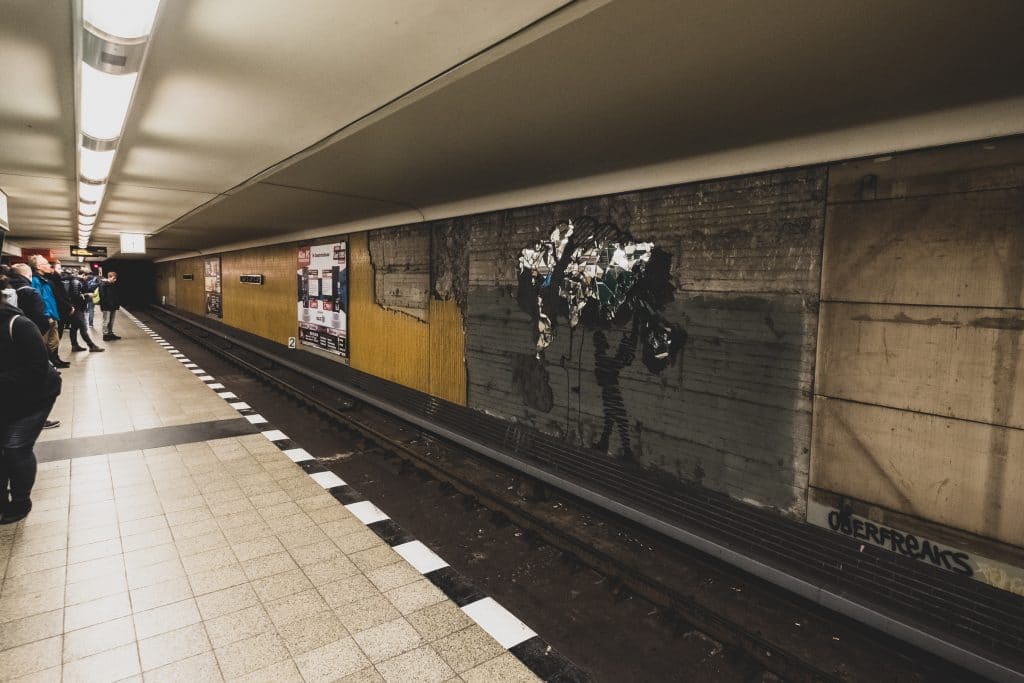
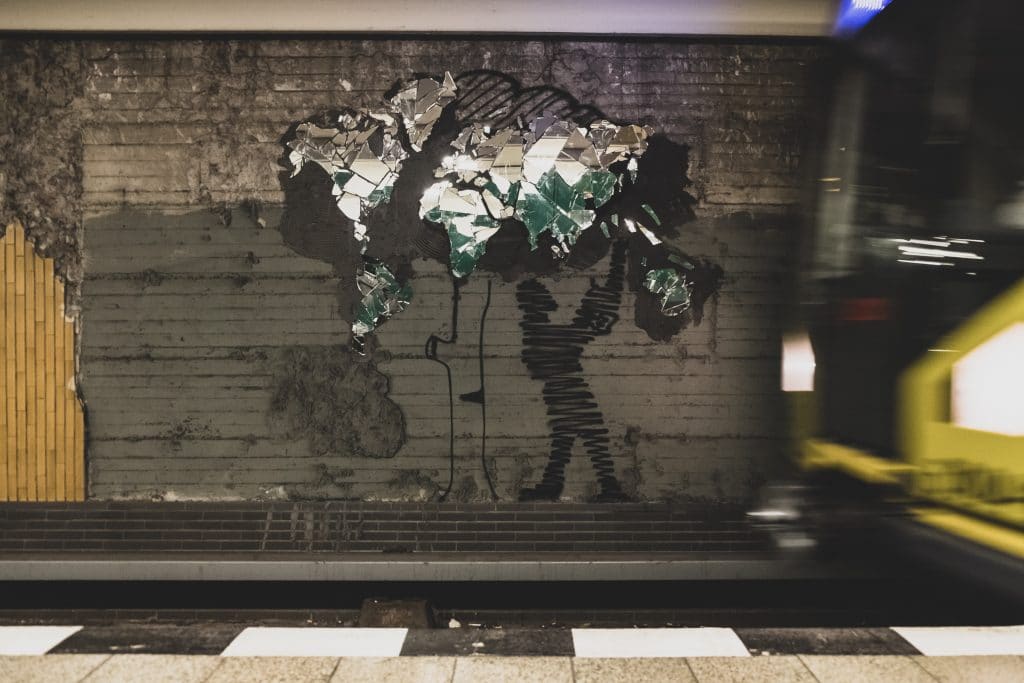
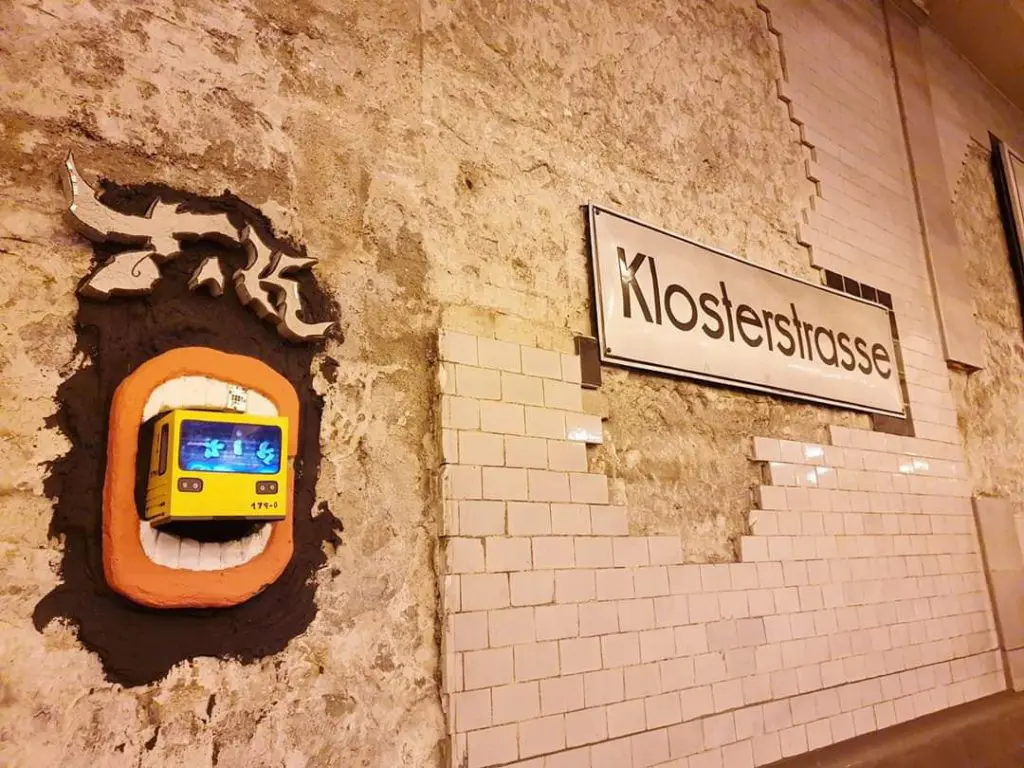
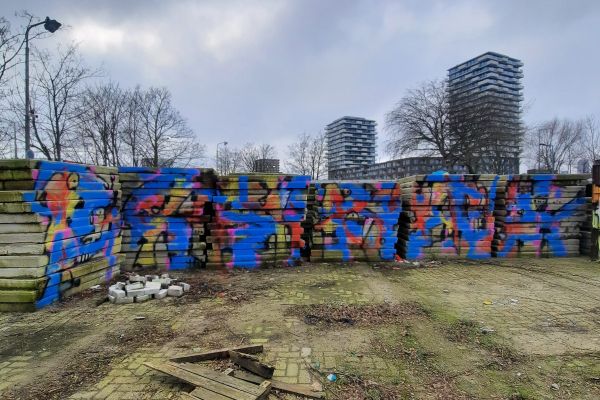
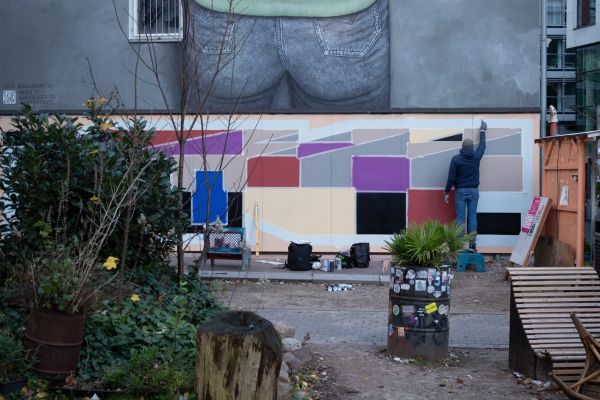
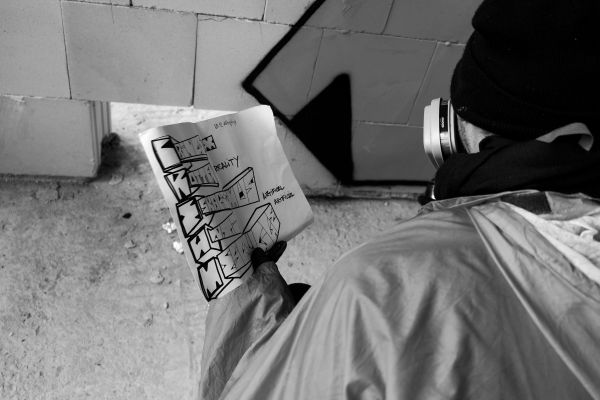
Leave a Reply